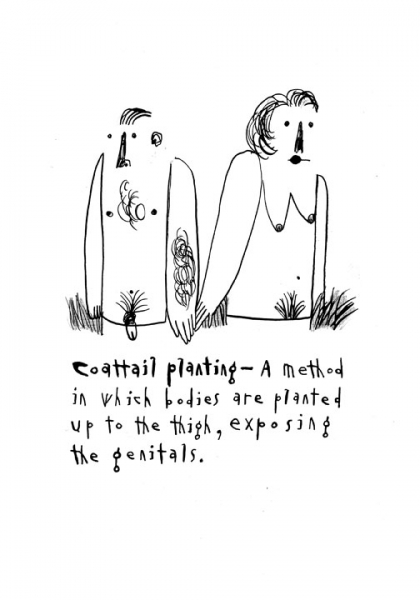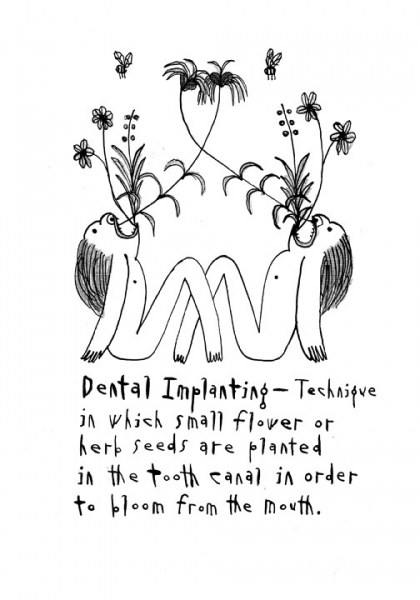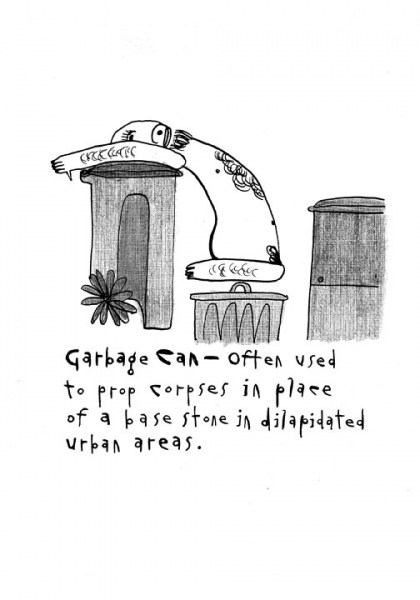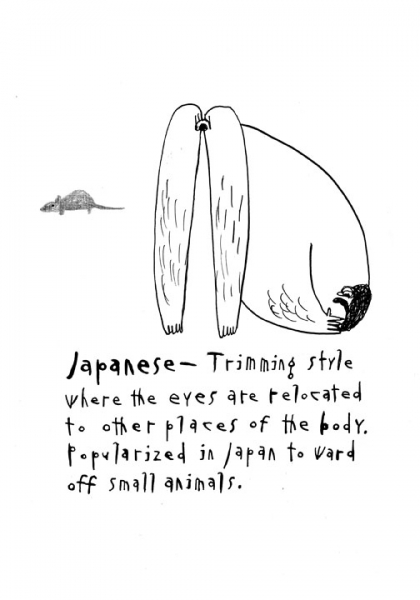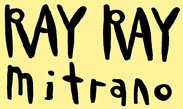The Basic Encyclopedia of Human Gardening
Jody Buchman
2132 A.D.
A century ago, human gardening did not exist. Humans buried their ancestors in sacred burial grounds called cemeteries, usually affiliated with their chosen religion. Due to overpopulation all the cemeteries filled to capacity and there was no land outside of a few private properties to bury the dead. The price was driven up so only the rich or extremely devout could afford the luxury. Ingenuity and necessity came together to become what we now know as human gardening.
Human gardening started as a simple practice of preserving ancestors, usually in glass boxes, largely based on V.I. Lenin’s tomb in the old nation-state of Russia. As art and aesthetics became more predominant in society, these tombs became gardens, elaborate pieces of art that tell the story of a life, an entire family history, the ancestor's favorite tale, or even in cases like the Colony at Saylorsburg, the entire village has been preserved, providing a snapshot of life on Earth before nation-states desolved into our modern political system of the Continental League.
The history of the human garden is as rich as the history of art itself filled with schools of thought, innovations in technique, and now even a renaissance. I’ve compiled the following list of basic terms to help the potential undertaker become more familiar with the art form.
